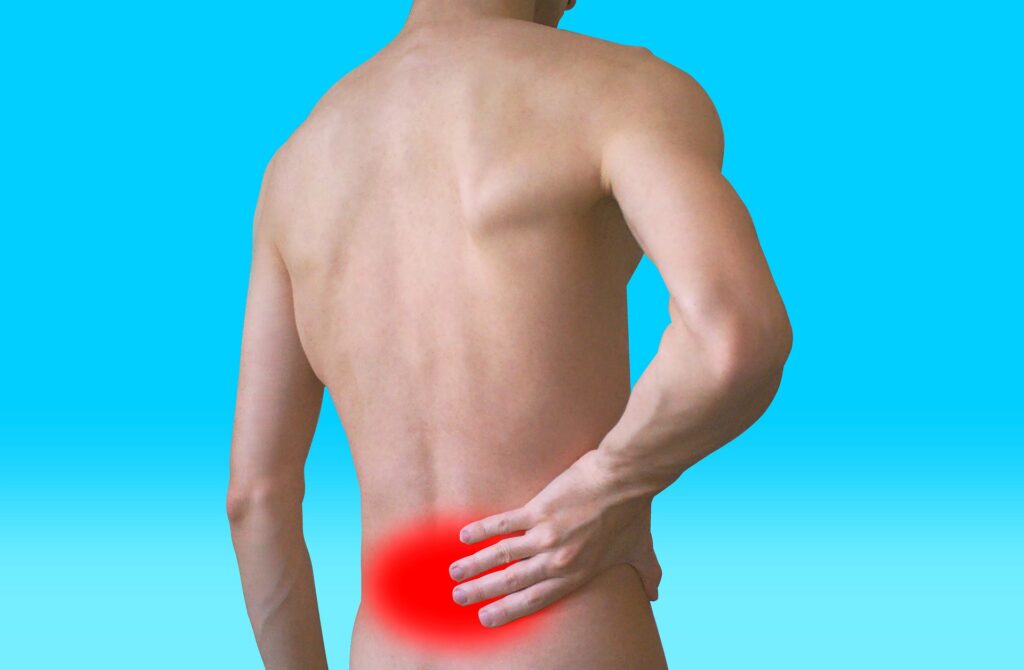
What is a stiff person syndrome life expectancy? Those suffering from stiff person syndrome have severe pain and stiffness in their muscles. The pain is debilitating. The disorder can affect the nerves and brain and make walking and daily tasks difficult. It is estimated that about one in a million people are affected.
The disorder is believed to be an autoimmune disease
Stiff person syndrome life expectancy can be affected. The disorder is believed to be an autoimmune disease. The antibodies that cause this disorder bind to the enzyme called glutamic acid decarboxylase. This enzyme helps control the body’s muscle and nerve movements. It also helps form a neurotransmitter called GABA.
The autoimmune disorder can lead to dislocation of bones and joints. The person is also at risk of falling. Those with this disorder can’t walk and may be disabled. In some cases, the stiffness can progress to the arms and face.
While there is no cure for this condition, treatment is available. It is important to seek a professional diagnosis in order to avoid complications. Symptoms can develop slowly over a period of years.
The disorder can also cause severe anxiety. The symptoms are triggered by physical touch, loud noises, stress, or emotional distress. If left untreated, the disorder can lead to life-threatening complications.
The symptoms of this condition can be relieved by medications and sedatives. They can also be helped by anti-anxiety drugs. A multidisciplinary team works with the patient to develop a customized treatment plan.
The stiff person syndrome life expectancy is about 10 years less than a healthy individual. This disorder is not curable, but with the right treatments, the condition can be controlled.
Stiff person syndrome diet
Symptoms of stiff person syndrome include extreme muscle stiffness and painful muscle spasms. They can also be triggered by noise, touch or emotional distress. The symptoms are similar to those of multiple sclerosis and muscular dystrophies.
In most cases, stiff person syndrome is caused by an autoimmune response, in which the body’s immune system attacks healthy cells. It’s not yet known exactly how this occurs, but it’s thought that the immune system may be attacking an enzyme that helps control muscle movement.
The enzyme that’s targeted by the immune system is called glutamic acid decarboxylase (GAD). This enzyme is necessary for the body to produce the neurotransmitter gamma-aminobutyric acid (GABA), which regulates the movements of motor neurons. Without enough GABA, the nervous system becomes overactive and the muscles become stiff.
In some patients, stiff person syndrome symptoms improve with a gluten-free diet. Gluten is a mixture of proteins found in wheat. The gluten-free diet is a strict one, and it eliminates all wheat products from the diet.
Some of the signs of stiff person syndrome include hunching over, a stiff and painful abdomen, and stiffness of the muscles in the arms, legs and face. Some people with the disease have a hard time walking, which can lead to uncontrolled falls.
Severe muscle spasms can also cause bones to break. In other cases, the cranial nerves are involved, which can lead to rapid eye movements and paralysis of the eye muscles.
Stiff man syndrome stages
Initially, stiff man syndrome presents with stiffness of the proximal legs. Later, the patients may complain of abdominal involvement. This disorder is characterized by painful trunk and lumbar paraspinal spasms. It may be due to focal lesions of the spinal cord.
In some cases, the muscle spasms are so severe that they result in bone fractures. They can be triggered by a loud noise, a touch, or a sudden emotional stress. A patient may also experience postural deformities, such as kyphosis. The stiffness may become fixed over time.

In most cases, the patient will experience only mild sphincter disturbance. However, a small minority of patients with cancer will produce antibodies that attack their nervous system.
These antibodies attack glutamic acid decarboxylase, a protein that is found in neurons and helps control the muscles. The proteins are attacked when the body’s immune system mistakes healthy tissues for harmful ones. The antibodies also reduce the levels of gamma-aminobutyric acid, an inhibitory transmitter.
In addition, patients with axial muscle disease develop pain in their neck, back, and hips. The symptoms are usually relieved by deep sleep. During the transition from stage 1 or 2 to REM sleep, the muscle spasms may awaken the patient.
In other cases, the spasms progress to the face and arms. The muscle spasms may last for hours and can cause a person to dislocate or fall.
The most common symptoms of stiff-person syndrome include chronic pain, stiffness of the limbs, and impaired mobility. Often, a person with stiff man syndrome will also experience severe depression. In addition, antidepressants and pain medications can help alleviate some of the symptoms.
Stiff man syndrome test
Symptoms of stiff man syndrome include muscle spasms that can be painful and may last for hours. They can occur for no apparent reason. Eventually, stiffness develops in the muscles and legs, making it difficult to walk or move.
Muscle spasms are triggered by emotional stress, loud noises, or physical touch. If not treated, severe muscle spasms can result in dislocation, fractures, or uncontrolled falls.
The main cause of stiff person syndrome is an immune system attack on an enzyme, glutamic acid decarboxylase, which helps the body produce the neurotransmitter GABA. Antibodies to this enzyme are present in about 60 to 80 percent of people with the disorder.
Symptoms can develop at any age, and they typically appear between 30 and 60 years of age. Women are twice as likely as men to have the disorder.
Treatment for stiff person syndrome focuses on easing the symptoms. This includes pain relievers, physical therapy, and massage. Some patients also experience reduction in symptoms with benzodiazepines. In addition, some patients respond well to intravenous immunoglobulin therapy.
Another treatment option is autologous stem cell transplant. Other therapies include plasmapheresis, water therapy, and massage.
In some cases, corticosteroids may help ease the symptoms. For other patients, anti-seizure medications may lessen the pain. In some cases, a combination of both treatments is appropriate. The most effective form of treatment for stiff person syndrome is an immunomodulating approach. In this type of treatment, the body’s immune system is manipulated so that the number of antibodies attacking healthy tissues is reduced.
If you liked the article, please donate!
